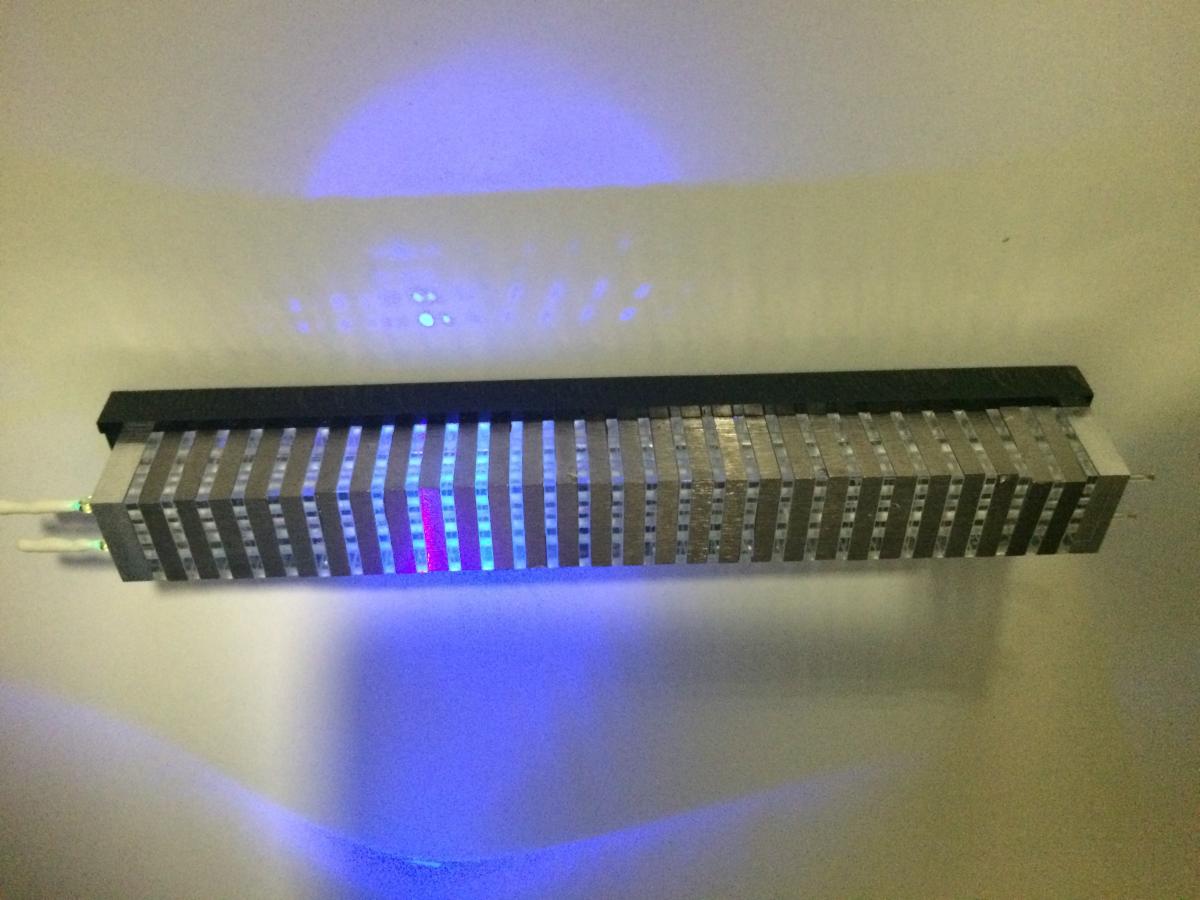NDQC CMS Upgrade

Brian Dolezal (St. Joseph's High School), John Taylor (Elkhart Memorial High School), C. Mohs (St. Joseph's High School), N. Siwietz (LaLumiere School)
When Crime Scene Investigators look at a room void of evidence, they are able to use a nearly invisible UV flashlight to “turn on” the room to reveal a myriad of invisible clues. In a similar way, our device contains exotic scintillating materials that light up, illuminating a quartz capillary tube. They scream out “over here” – a hidden sub atomic particle came this way. These Shashlik (Russian for shish-ka-bob) detectors, full of dense tungsten, LISO tiles, and quartz capillary tubes (containing wave-shifting fluid) are being considered as a viable option for use at CERN in the CMS detector. We predict that the capillary tubes in these devices can be tailored to produce a uniform output signal, despite where they catch an event along their length. Our research suggests that when constructed with a painted TiO2 bulb end, they perform consistently, if not better as long as voids are centrifuged to the bulb end. Further research suggests that even after large dosages of radiation, intensity of light output is reduced but mixing performance is very good or improved. Three test areas with sophisticated set-ups incorporating P/N diodes and CCD imaging were utilized, with data gathered in multiple ways to better understand our device. These devices may prove ideal for situations detecting electrons, positrons, and photons in the ECAL regions while providing information useful for the HCAL regions of the Compact Muon Solenoid detector at CERN leading to future discoveries in high-energy physics.
